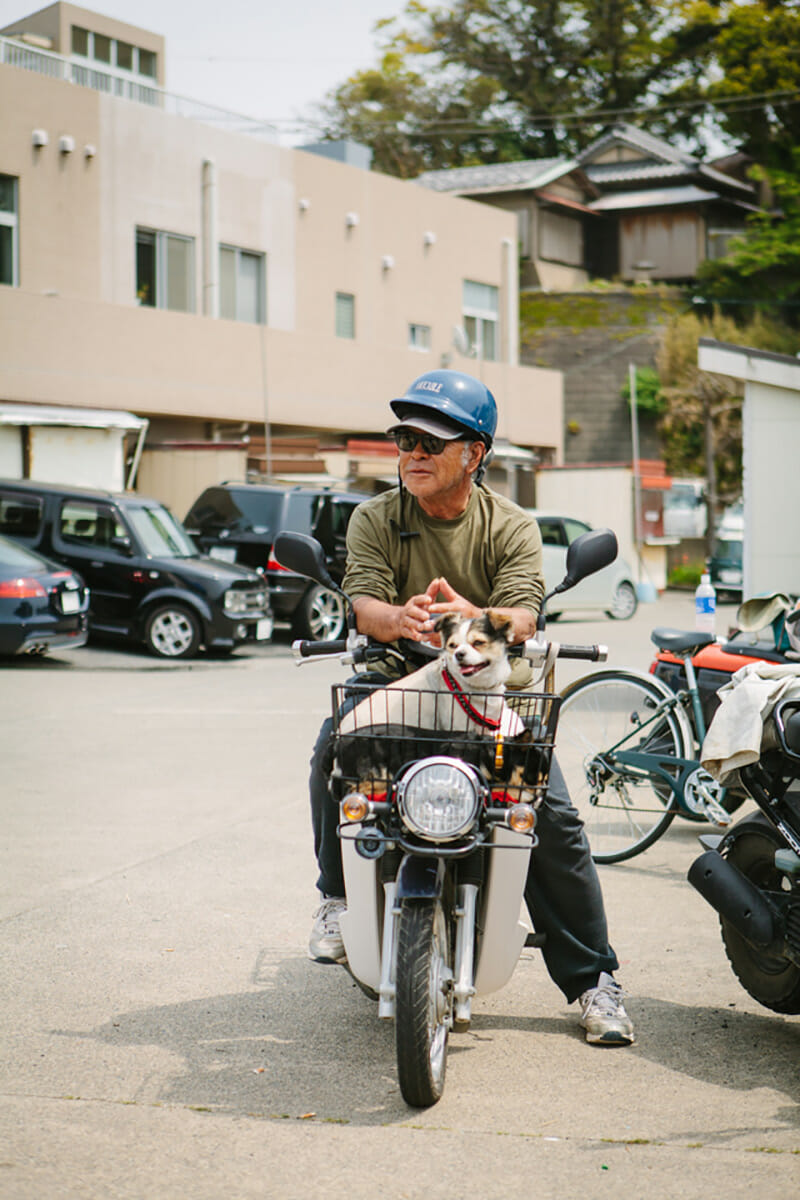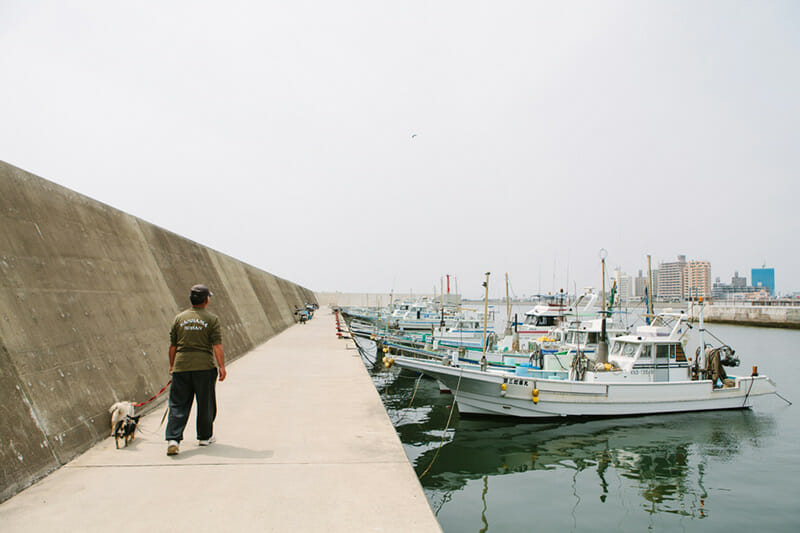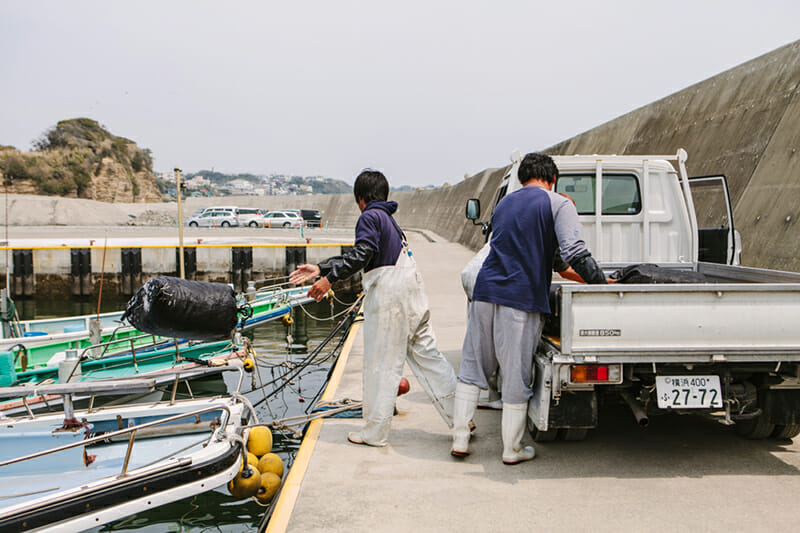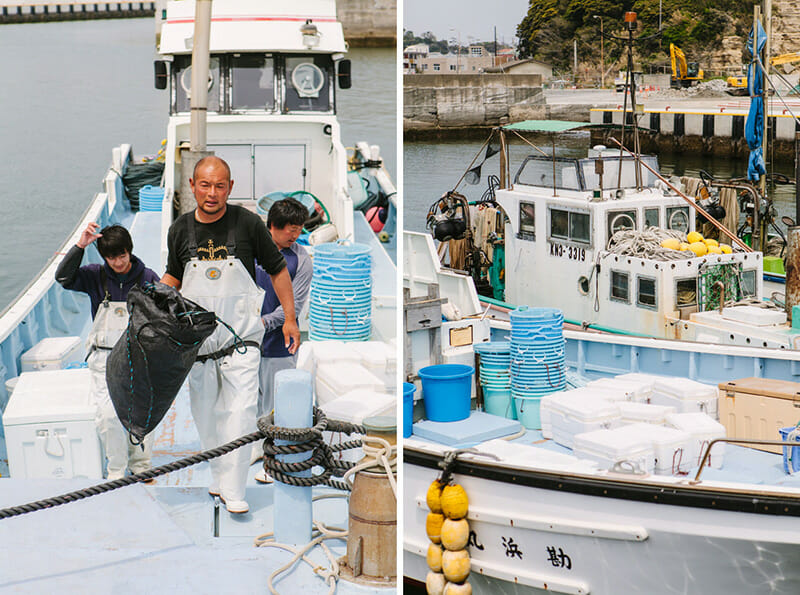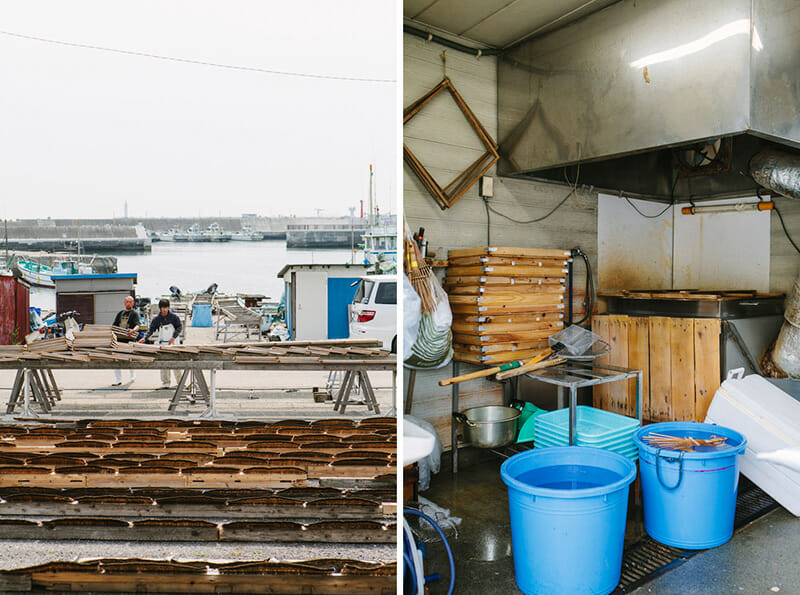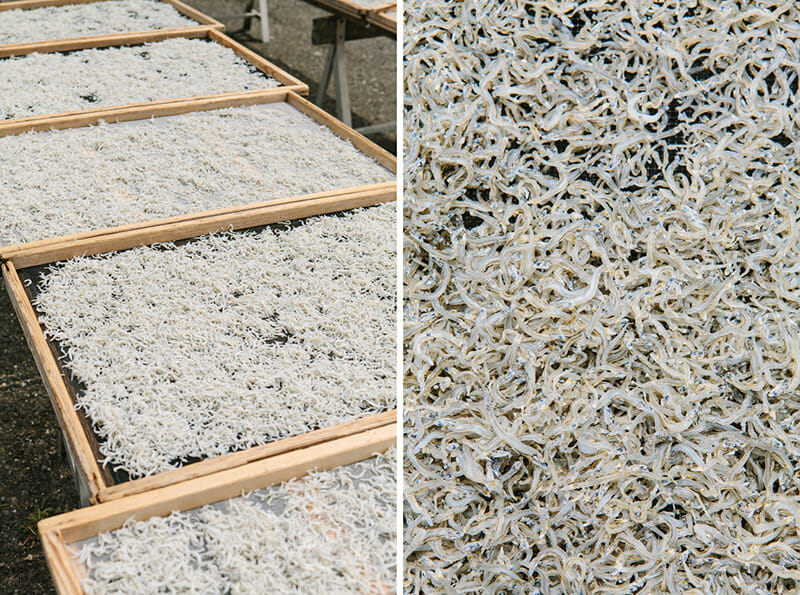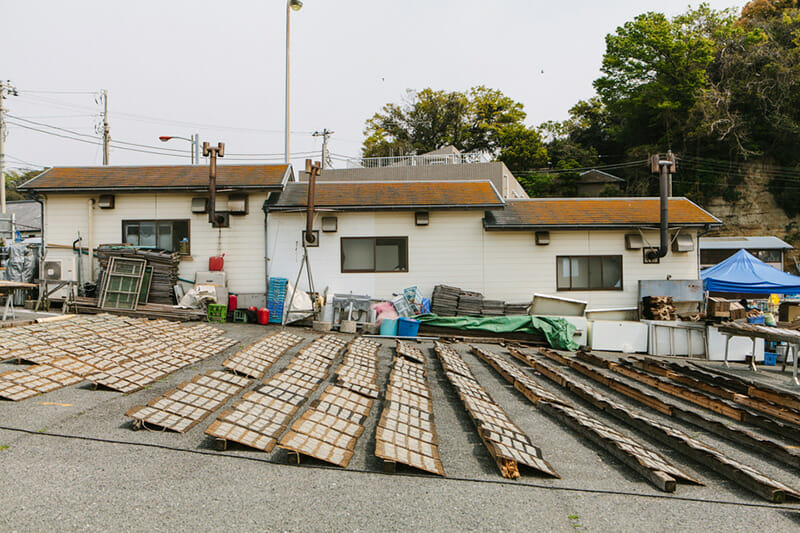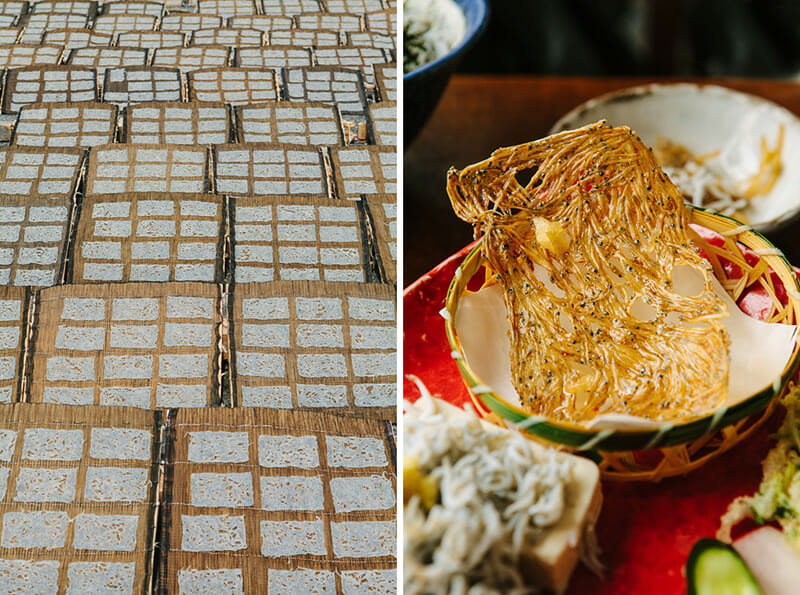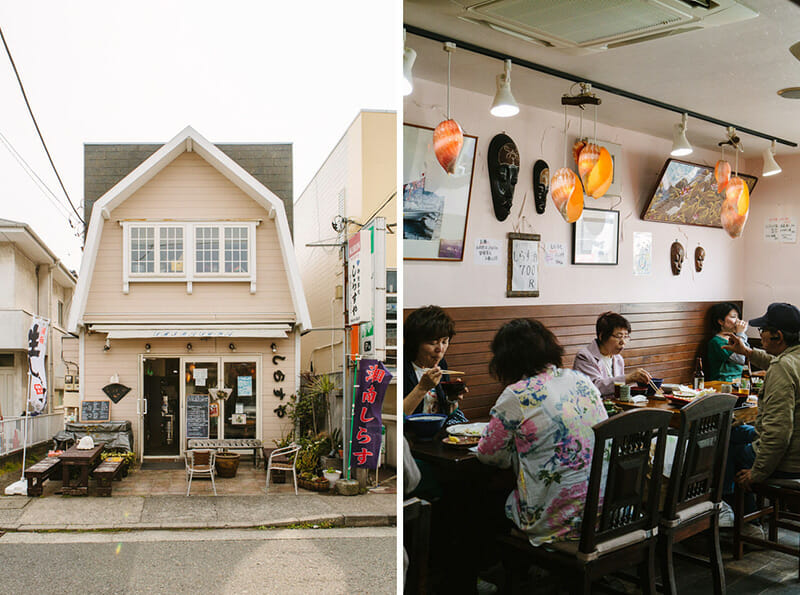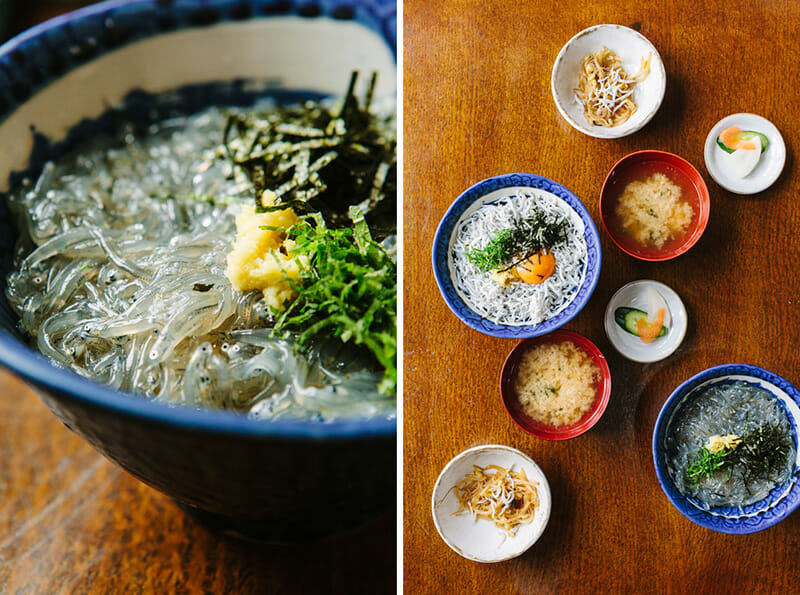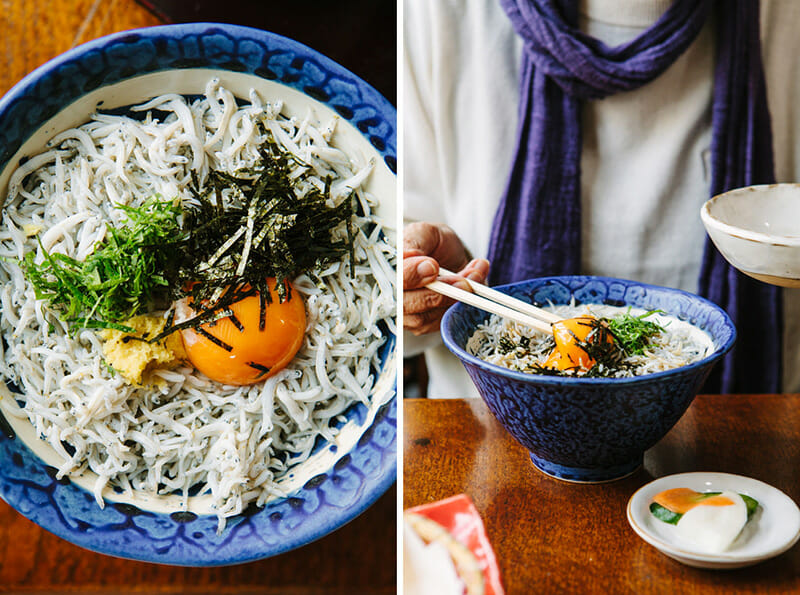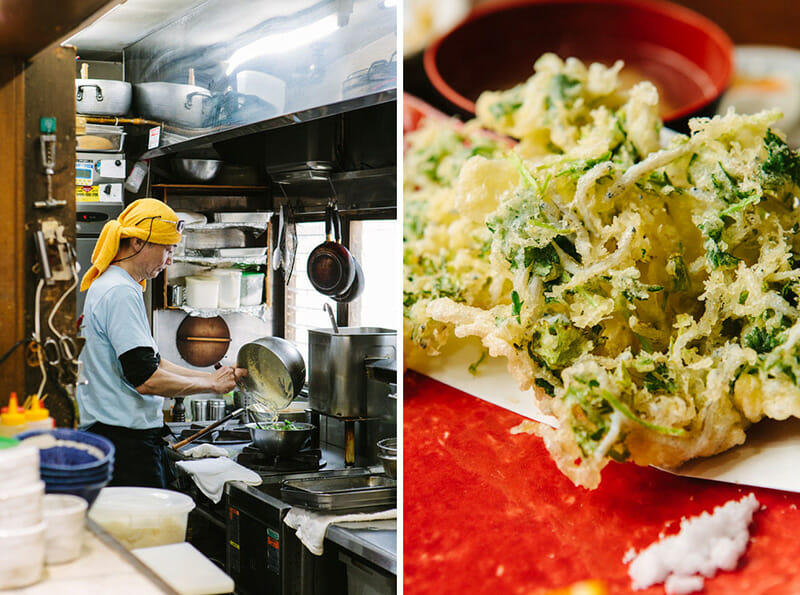Shirasu, a baby sardine found off the shores of Japan's Enoshima Island, is a rare and fragile delicacy.
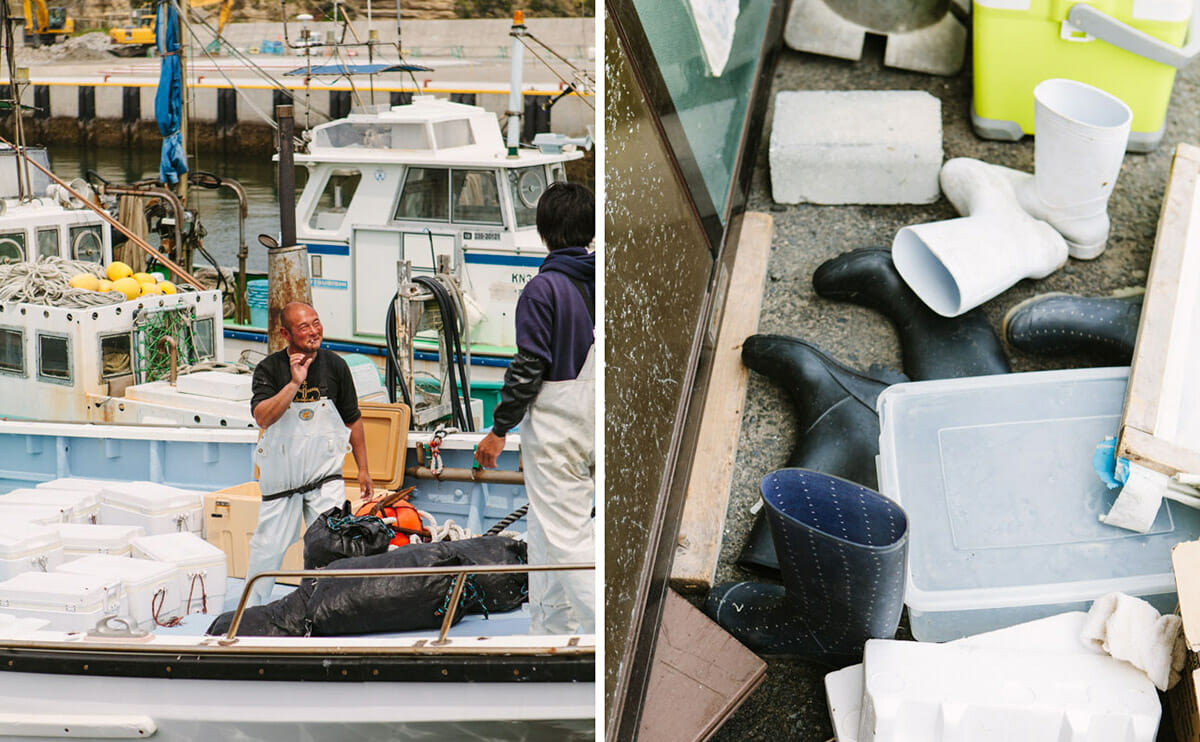
Mizushima Shinichi has been a shirasu fisherman for 50 years. He lives just 300 meters from the dock of the Koshigoe Fishing Port on Enoshima Island, located an hour outside Tokyo. Like his father before him, and his grandfather before that, Mizushima wakes up at 4 o’clock every morning through the shirasu season. Now that he is nearing 70 he simply drives the boat. His son, along with two other young men, do the fishing.
Although various forms of shirasu are a staple of the Japanese diet, Enoshima is perhaps one of the only places you can eat shirasu raw. Situated on the Pacific Ocean, the island boasts a warm current in the spring that carries swarms of shirasu past the island about a month after they are born. In the months when shirasu fishing is prohibited ”“ from the 1st of January to the 10th of March ”“ Mizushima harvests wakame (seaweed) by planting seeds in thick ropes and dangling them in the sea.
Shirasu are particularly delicate fish. Their meat is soft and spoils quickly. They do not freeze. If fresh they must be consumed within the same day. The Chinese character for shirasu consists of two symbols meaning “fish” and “soft, weak.” They cannot even travel the distance to Tsukiji, Tokyo’s largest and most famous fish market, without spoiling. Bags of ice are tossed on the boat at the end of the day so they are ready to go the next morning.
As soon as the shirasu are taken from the water, they are placed in coolers filled with ice and raced back to shore. Mizushima fishes only long enough to catch what can be handled in one day’s work. Just steps from the dock his wife is waiting to process the morning’s haul.
The largest fish, less keen to breaking, are kept fresh to be served raw. The rest are lightly boiled in salted water, spread out on screens and then carried outside to dry in the sun.
The shirasu products have different names depending on their degree of processing. Raw baby sardines are nama-shirasu. Boiled baby sardines are kamaage-shirasu. Boiled-then-70%-dried baby sardines are shirasu-boshi, while ones that are dried completely after being boiled are chirimen-jyako. Sometimes just chirimen for short, this is the form most commonly found in nearly every Japanese home.
Unique to the coast of Shizuoka and the Kanagawa Prefectures, tatami-iwashi is a snack in which shirasu are pressed into a rectangular form and dried in flat sheets like nori under the sun. They dry on screens resembling the straw tatami mats ubiquitous in traditional Japanese homes.
Tatami-iwashi can then be used in a variety of ways ”“ as an ingredient in soup, or cut up into smaller pieces to accompany sake or beer drinking, called sakana. Before eating, the sheet is briefly heated over a fire and served toasted. It is crunchy, much like a chip, and like all shirasu products, an excellent source of protein and calcium.
While Mizushima’s main business is catching shirasu and processing them, he also owns two restaurants in Enoshima ”“ the only two fisherman-owned restaurants in Enoshima. The first one, pictured here, was opened 17 years ago by his wife, at a time when there were no restaurants in the area, let alone ones serving raw shirasu. Mizushima explains that friends continually asked if there were any places to eat her cooking, or find the shirasu dishes they had come to associate with eating in Mizushima’s home. They borrowed money, the restaurant was a big hit, and within one year there was a long line of people waiting to get in. There is still a long queue at both restaurants, every single day. His daughter runs the original restaurant. Her husband runs the second location, which they opened three years ago across the street from the docks.
The most traditional way to eat shirasu is raw or boiled, as topping over a bowl of rice, called shirasu-don. When raw and very fresh, shirasu are gray, transparent and shiny; the skin springy and tense. The nama (raw) shirasu-don is served with grated ginger and shiso leaves. At Mizushima’s they also add nori, and the diner adds soy sauce as seasoning to their liking.
When boiled, the color of the shirasu changes to pure white. The meat is very fluffy and sweet, with just a touch of saltiness imparted by the boiling done in salted water. This is the shirasu tsukimi-don, or moon-viewing shirasu rice bowl. The raw egg yolk represents the moon. The meal comes with pickles and miso soup.
Shirasu kakiage is a type of tempura in which several ingredients are mixed together in tempura batter and then deep-fried. The original kitchen is small, and still utilizes the recipes Mizuzhima’s wife created at home.
